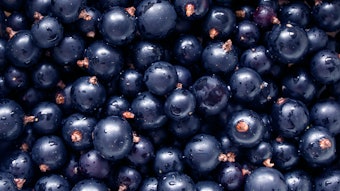Sample preparation is the first step in flavor and fragrance research. Numerous sample preparation techniques have been proposed to separate and concentrate the volatile chemicals from the matrix. Difficulties may result from the low concentration level of volatiles (frequently in the sub-ppm range), the presence of soluble and insoluble solids as well as lipid materials, and the presence of large amounts of water. These factors make it necessary to isolate a concentrated volatile fraction free of water and non-volatile material in order to obtain maximum qualitative and quantitative information from gas chromatographic analysis.
Weurman reviewed isolation and identification techniques fifteen years ago; more recently, several monographs have covered isolation techniques in flavor research. Steam distillation followed by solvent extraction is a technique which has been very extensively used. More recently, the Likens-Nickerson extractor (or a modification thereof) has come into wide use. In this apparatus the organic volatiles are continuously and concurrently steam distilled and solvent extracted to produce a volatile aroma concentrate. Other techniques which are employed include adsorption on carbon or on a porous polymer followed by thermal or solvent resorption. Innovative techniques such as critical gas extraction, trapping on a cooled gas chromatographic column and co-condensation by solvent refluxing have been reviewed.










